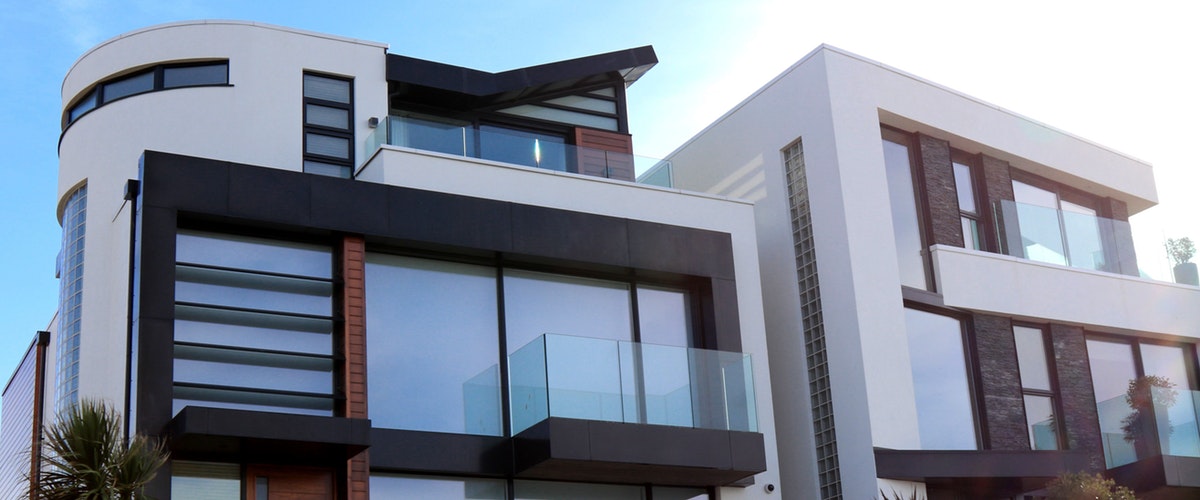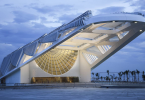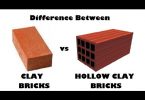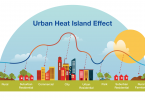In the cost versus benefit of green buildings, the owner wins, for the initial expenses are more than offset by the energy, water, waste positive home
For years,man has been exploiting nature in the hope of achieving a superior existence thereby promoting imbalances in the earth’s ecology.
Rampant deforestation to accommodate an ever-increasing human population, unchecked pollution levels in most Southeast Asian countries, dependence on fossil fuels and effects of over-use of natural resources across the globe have already started manifesting itself dangerously in the form of global warming, ozone depletion and more.
The construction industry can play a vital role in striking a balance between exploitation and protection of natural resources through careful and conscious use of eco-friendly building materials and following construction practices based on the principles of energy saving and recycling.
As per Indian Green Building Council (IGBC), in the year 2001, the country had only 20,000 sq ft of green footprint but today, over 3,000 green buildings with a footprint of over 2.64 billion sq ft are being constructed all over India. But are we doing enough?
Although the increase is definitely a positive sign, if we have to bring about a substantial change, we have to widen the scope of the ‘green’ concept from a few to the masses. Unfortunately, even today, most of the builders and home owners fail to inculcate green building concepts in construction.
So, what is a ‘green building’? The term is not only confined to the final product, that is, the building, but the concept also applies to construction plans, building design and direction, landscaping, building operations and maintenance. IGBC defines green building as one which uses less water, optimises energy efficiency, conserves natural resources, generates less waste and provides healthier spaces for occupants, as compared to a conventional building. Energy and natural resources like sand and water can be saved during construction phase and throughout the building’s lifespan by adhering to basic green building concepts.
The basic principles of a green building can be summarised under five points:
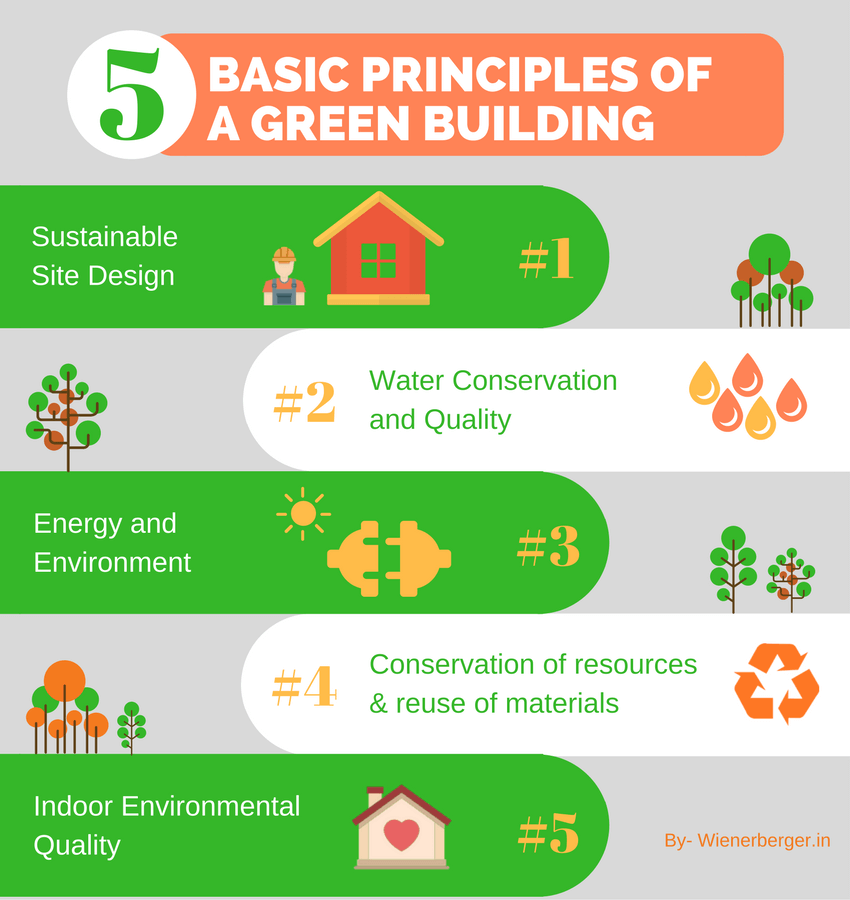
The ideal green project preserves and restores the habitat that is vital for sustaining life and becomes a net producer and exporter of resources, materials, energy and water, rather than being a net consumer.
Ramada Debunking the myths
However, in spite of the huge potential of energy-saving and subsequent cost-savings that the green building principles allow, certain myths seem to prevent builders from following them on a regular basis.
Myth 1: Construction of green buildings is an expensive affair
clgen-casino-it Fact: Initial cost of a green building might be high, but in the long-run they will actually help you save and make money from energy efficiency perspective with high return on investment. When calculating total cost of ownership, 90 per cent of the value is attributed to operational and maintenance (O&M) cost, while energy spending accounts for 50 per cent of this O&M cost. Green buildings help reduce this expenditure significantly.
Often, the key to a cost-effective green building and site design lies within the inter-relationships and associated cost and performance trade-offs that exist between different building systems. For example, the use of high-performance windows and window frames increases the first cost of the building envelope, however the resulting reduction in the size and cost of the buildings heating and cooling system more than offsets the added cost of the better glazing system. The result is a building that has a comparable or perhaps even a lower first cost, a higher comfort level, lower energy use, and lower energy bills and operating cost for the life of the building.
While analysing cost versus benefit of a green building, the owner certainly wins for the initial expenses are greatly offset by the ‘EW Squared homes’, that is energy, water, waste positive homes.
Myth 2: Green buildings’ energy savings are more hype than reality
purchase provigil from canada Fact: Green buildings not only favour the health of environment by conserving the resources, but also work for the health of mankind by providing enhanced living conditions. In cities such as Bengaluru, green building designs, materials and practices can save money by reducing energy costs and labour costs to a large extent. Moreover, green buildings last longer, optimise on resources to construct, are energy efficient and visually -appealing. Thus, deriving you a better return than the one built in the traditional manner.
Using green construction materials like porotherm bricks and other similar products, which are made of natural resources such as clay, help you to create energy-efficient buildings and help reduce carbon foot prints, too.Moreover, the green concept improves indoor air quality and life span of the building, providing comfort and safety to the owner.
Also, during the process of construction they efficiently use energy, water and other resources by reducing waste, pollution and environment degradation. As per IGBC, in contrast to conventional buildings, green buildings save the energy by 20-30 per cent and water by 30-50 per cent right from the first day.
Myth 3: The green building concept is still very new and not as efficient as the conventional one
http://lincs-oil-tanks.co.uk/wp-content/plugins/formcraft/file-upload/server/content/upload.php Fact: The green building concept is not new. In fact the designs, methodologies, materials and building procedures used in the construction of the green buildings have been there since a long time. Yes, recently they have created a lot of buzz, but reasons are very obvious; resources, energy and health crisis. Use of locally available materials for construction – a prerequisite to green building, has been in practice for many generations.
Further, the research and advancement in the field reinvented the definition of green building as they are much more reliable, durable and efficient, and support modern architectural ideas.
In terms of efficiency, green buildings are far superior to traditional ones. They support excellent air quality and daylight penetration, natural temperature regulation, safety and durability of the building, health and wellbeing of the occupants, and conservation of natural resources. Products like porotherm bricks make the building fire-proof, too. Further, the maintenance cost of green buildings is much lesser than in the case of conventional ones.
Myth 4: The green building concept may work in other countries, but not in India
Fact: India is second-most populous country in the world and as per experts, it is on the way to beat China by 2025. Obviously, it will need more of homes and offices to meet the upcoming demands. But growing scarcity of resources and adverse climatic conditions are indicating that India needs more of green buildings.
In fact, government also supports the concept. IGBC was formed by the Confederation of Indian Industries (CII) in 2001 with a vision to facilitate India to be one of the global leaders in sustainable, built environment by 2025. The Government of Karnataka is providing incentives to the residents of Bengaluru by allowing builders to construct an extra floor under the building bylaws if the builders show interest in installation of solar panels on the rooftops.
Having the provision for rainwater harvesting can also promote less dependence on fast-depleting groundwater. Talking about feasibility of the green concept in India, the technology, process and materials involved in the production of green buildings are readily available in the country; it’s just the intention of using them that matters.
Myth 5: The green building concept doesn’t align with the contemporary designer or luxury homes
Fact: The green building concept is fast gaining acceptance in India as many builders are constructing energy-efficient, low-maintenance buildings along with features like artificial lakes, lush green lawns, rainwater harvesting plant, STP to align to the needs of the consumers.
This concept unexceptionally complements the modern architectural designs by allowing ample energy savings and adequate natural light. Employing the green concept in your building only enhances its beauty,tangibly and intangibly. And it is high time that India implements this concept in its construction industry.
Investing in green means investing in a lifetime of prosperity for the individual, the nation and the world at large.A green building is one whose construction and lifetime of operation assure the healthiest possible environment, while representing the most efficient and least disruptive use of land, water, energy and resources.


